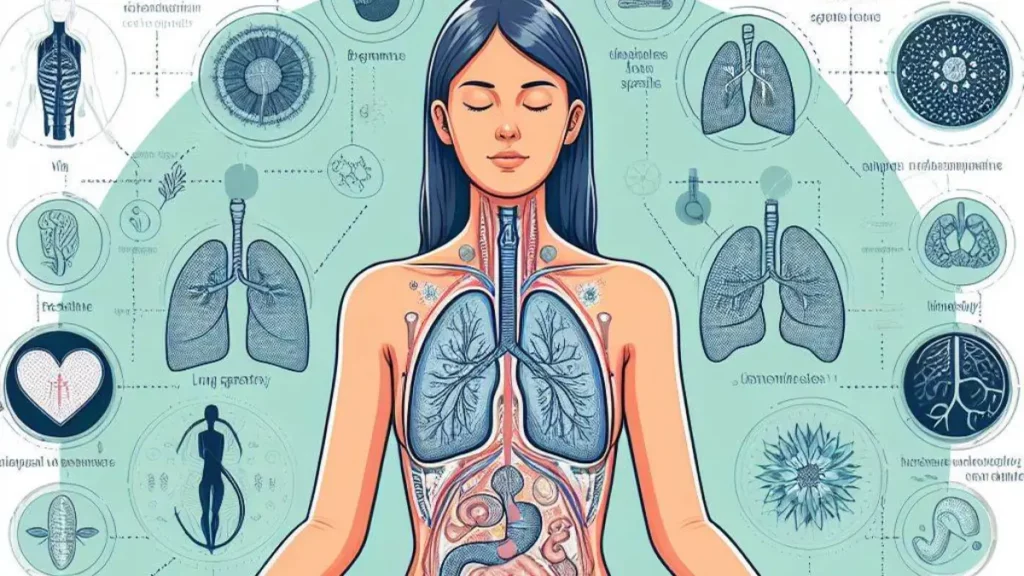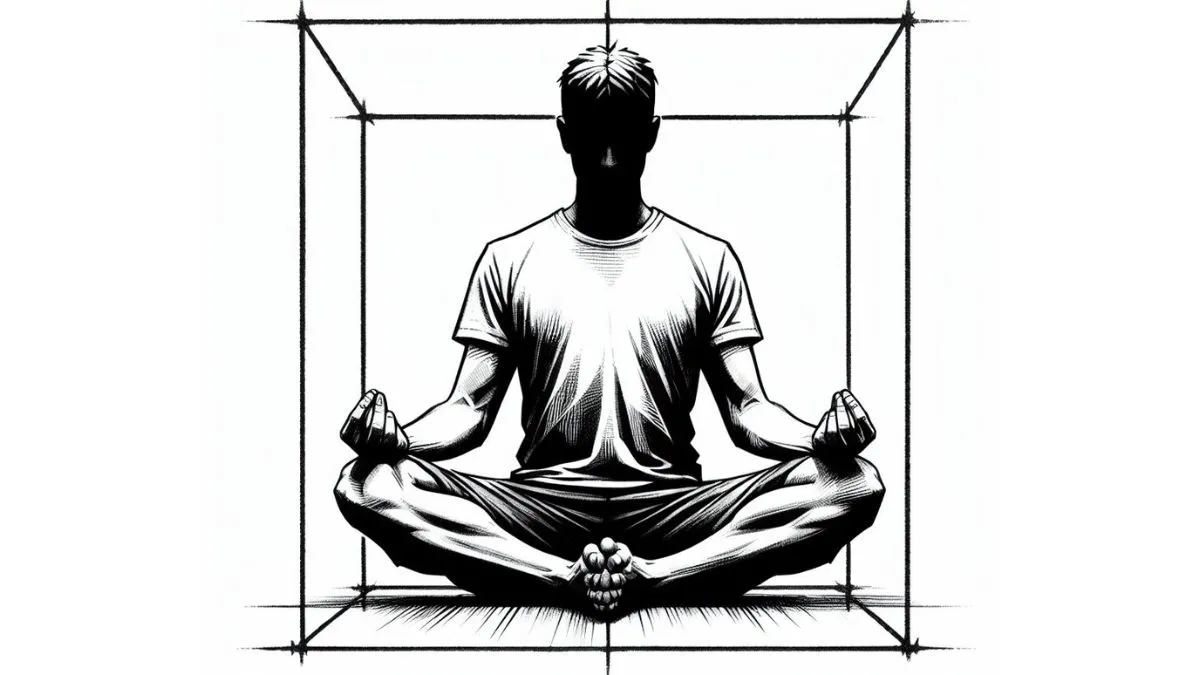Introduction
In today’s fast-paced world, stress and anxiety have become common. However, a simple yet effective technique called deep breathing, or diaphragmatic breathing, can be a game-changer in managing these everyday challenges. This article explores the benefits and techniques of deep breathing. It sheds light on its potential to enhance your overall well-being.
Understanding Deep Breathing
Deep breathing, or diaphragmatic breathing, is a technique that uses the diaphragm to draw in more air. The diaphragm is a dome-shaped muscle beneath the ribcage. Unlike shallow chest breathing, deep breathing fills your lungs with more oxygen. It promotes relaxation and reduces stress. This technique is fundamental to various relaxation practices, including yoga, meditation, and mindfulness.
The Science Behind It

Deep breathing isn’t just a wellness buzzword; it has scientific backing. When you practice deep breathing, your diaphragm contracts and moves downward, creating more space in your chest cavity. This expansion allows the lungs to fully inflate, drawing in more oxygen. As a result, your body experiences several physiological changes:
Relaxation Response: It reduces the production of stress hormones like cortisol. This can help ease anxiety and promote a sense of calm.
Improved Oxygenation: More oxygen is delivered to your body’s cells, enhancing overall energy levels and mental clarity.
Lowered Heart Rate: It slows down your heart rate, reducing feelings of tension and anxiety.
Enhanced Immune Function: Adequate oxygenation helps your body ward off illnesses more effectively.
Improved Digestion: It stimulates the parasympathetic nervous system. It aids in digestion and helps prevent gastrointestinal issues caused by stress.
Benefits of Deep Breathing

Stress Reduction: It is a powerful tool for stress management. Incorporating it into your daily routine can help you stay calm in stressful situations and improve your overall resilience to stressors.
Improved Mental Focus: Enhanced oxygen flow to the brain can sharpen your focus and concentration, making you more productive and alert.
Better Sleep: It before bedtime can relax your body and mind, making it easier to fall asleep and enjoy a more restful night’s rest.
Pain Management: It can be an effective technique for managing chronic pain conditions.
Enhanced Emotional Regulation: It can help you manage your emotions better. It reduces impulsive reactions and promotes emotional stability.
How to Practice Deep Breathing
Now that you understand the benefits, here’s how to incorporate deep breathing into your daily life:
Find a Quiet Space: To start, choose a quiet and comfortable environment where you won’t be disturbed.
Sit or Lie Down: You can practice deep breathing while sitting in a chair with your feet flat on the floor or lying down with your knees bent.
Place Your Hand on Your Belly: Put one hand on your chest and the other on your abdomen. This will help you focus on your diaphragm’s movement.
Inhale Slowly: Inhale through your nose for a count of four, feeling your abdomen rise as you fill your lungs.
Exhale Completely: Exhale through your mouth for a count of six, emptying your lungs completely.
Repeat: Continue this cycle for a few minutes, gradually increasing the duration as you become more comfortable with the technique.
Conclusion
Deep breathing, or diaphragmatic breathing, is a simple yet potent technique that can have a profound impact on your physical and mental well-being. Incorporating it into your daily routine can help you manage stress, improve focus, and enjoy a host of other health benefits. So, take a deep breath, exhale slowly, and begin your journey towards a healthier, more relaxed you.
Read more on Kukkutasana: Roostering into the Cock Pose
Read more on Siddhasana: The Accomplished Pose for Meditation


